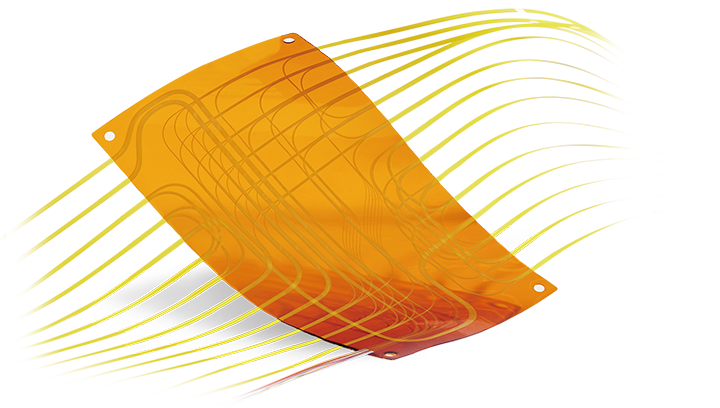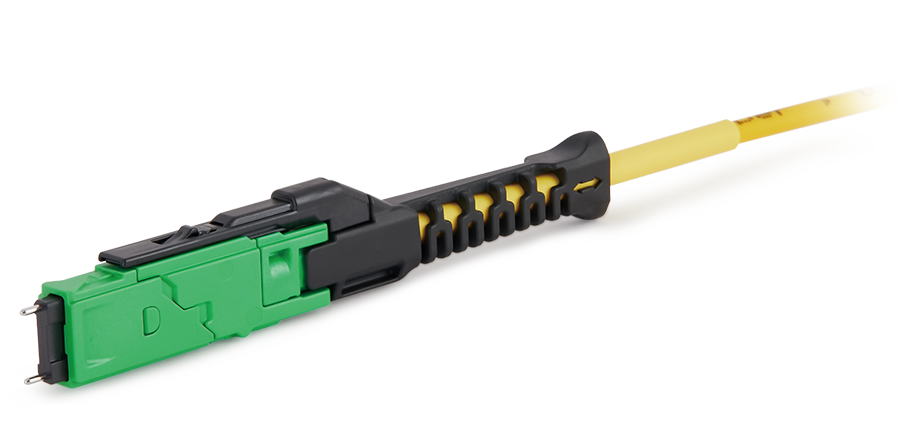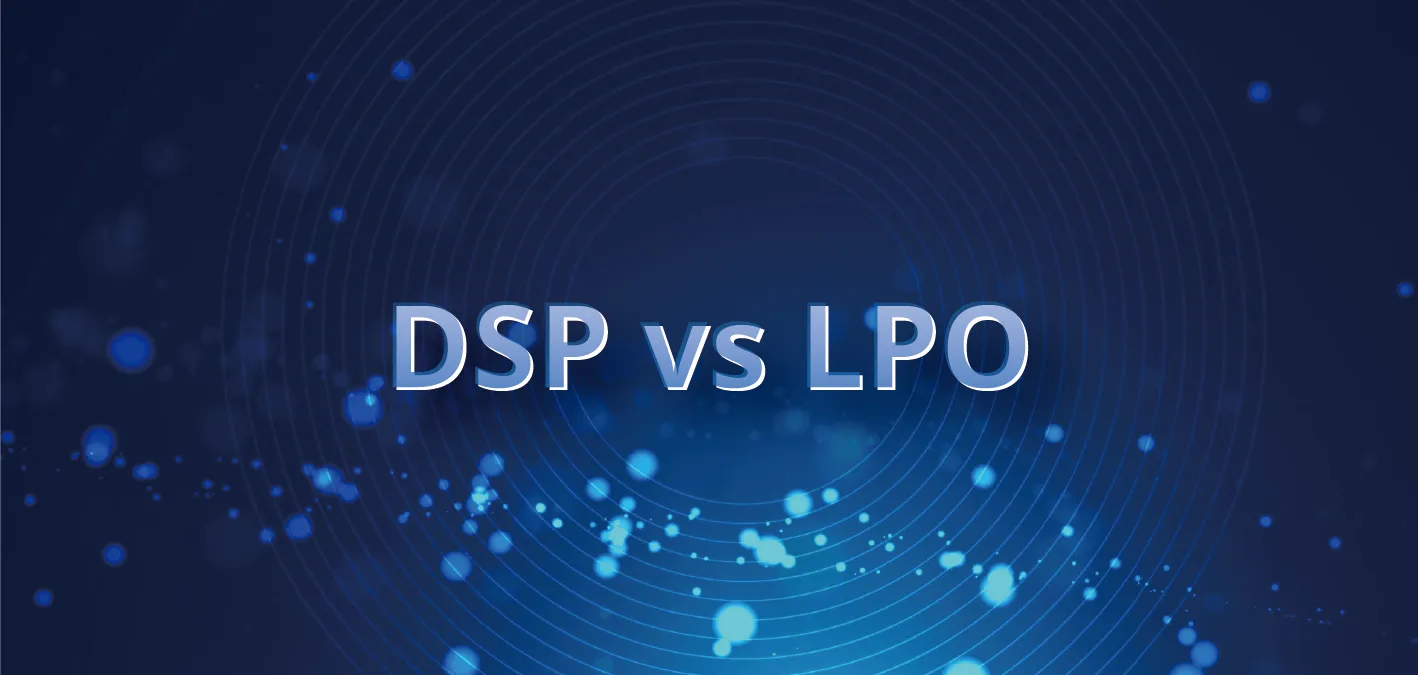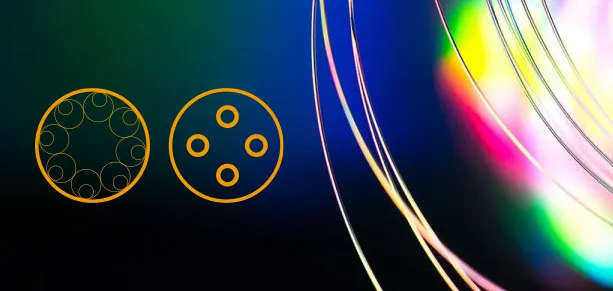In PON (Passive Optical Network) networks, especially in complex point-to-multipoint PON ODN (Optical Distribution Network) topology environments, rapid monitoring and diagnosing of fiber optic faults becomes a challenging task. Although OTDR (Optical Time Domain Reflectometer) tools are widely used, OTDR detection may sometimes not be particularly sensitive to the signal attenuation at some ODN branch fibers or the endpoints of ONU fibers. Installing a low-cost wavelength-selective fiber optic reflector at the ONU side is currently a commonly used approach, which can achieve high-precision detection of end-to-end attenuation in the optical link.
The working principle of a fiber optic reflector mainly involves using a fiber Bragg grating to reflect the test light pulses sent by the OTDR with nearly 100% reflectivity, while the working wavelength of a normal PON system, which does not meet the Bragg condition of the fiber Bragg grating, passes through the reflector with minimal attenuation. The main purpose of this is to accurately calculate the echo loss value of the reflection event at the end of each ONU branch by detecting the presence and intensity of the reflected OTDR test signal. This helps to determine whether the optical link between the OLT side and the ONU side is normal, thus achieving real-time monitoring and rapid, accurate fault diagnosis.
By flexibly positioning the reflectors to identify different ODN segments, the detection, location, and cause analysis of ODN fault points can be rapidly achieved, reducing fault handling time, improving testing efficiency, and enhancing line maintenance quality. In a first-level splitting scenario, by installing fiber optic reflector on the ONU side, if the echo loss of a particular drop fiber branch shows a significant increase compared to the echo loss value in the health record, it indicates a problem in that fiber link. If all fiber branches with installed reflectors show significant echo loss simultaneously, it suggests a fault in the trunk fiber.
In a second-level splitting scenario, the comparison of echo loss difference can accurately pinpoint whether the attenuation fault occurs in the distribution fiber segment or the drop fiber segment. Regardless of whether it is a first-level or second-level splitting scenario, a sudden drop in the reflection peak at the end of the OTDR test curve will occur, making it difficult to accurately measure the echo loss value of the longest branch in the ODN network. Thus, it is necessary to measure the change in the reflection level of the reflector as the basis for fault measurement and diagnosis.
Additional reflectors can also be installed as needed, such as adding FBG before distribution fiber enters homes (FTTH) or buildings (FTTB). Testing with OTDR and comparing the test data with the baseline data helps to determine whether the fault is in indoor/outdoor or building-to-building fibers.
In summary, fiber optic reflector can be conveniently series-connected at the user end. Their long lifespan, stability, reliability, small temperature characteristic, and easy adapter connection are some of the reasons reflectors are an ideal choice for FTTx network link monitoring. T&S offers multiple packaging types of FBG fiber optic reflector. Please feel free to contact us.

 Fiber Optic Flex Circuit (FOFC)
Advanced Simulation & Optimization, High Positioning Accuracy, Flexible Customization, Rigorous Reliability Testing
Fiber Optic Flex Circuit (FOFC)
Advanced Simulation & Optimization, High Positioning Accuracy, Flexible Customization, Rigorous Reliability Testing MDC Solution
US Conec's MDC connector is a Very Small Form Factor (VSFF) duplex optical connector, expertly designed for terminating single-mode and multimode fiber cables with diameters up to 2.0mm.
MDC Solution
US Conec's MDC connector is a Very Small Form Factor (VSFF) duplex optical connector, expertly designed for terminating single-mode and multimode fiber cables with diameters up to 2.0mm. MMC Solution
US Conec's Very Small Form Factor (VSFF) multi-fiber optical connector that redefines high-density connectivity with its cutting-edge TMT ferrule technology and intuitive Direct-Conec™ push-pull boot design.
MMC Solution
US Conec's Very Small Form Factor (VSFF) multi-fiber optical connector that redefines high-density connectivity with its cutting-edge TMT ferrule technology and intuitive Direct-Conec™ push-pull boot design. EN
EN
 jp
jp  fr
fr  es
es  it
it  ru
ru  pt
pt  ar
ar  el
el  nl
nl 



_and_High-Reflection_(HR)_Optical_Coatings.webp)
